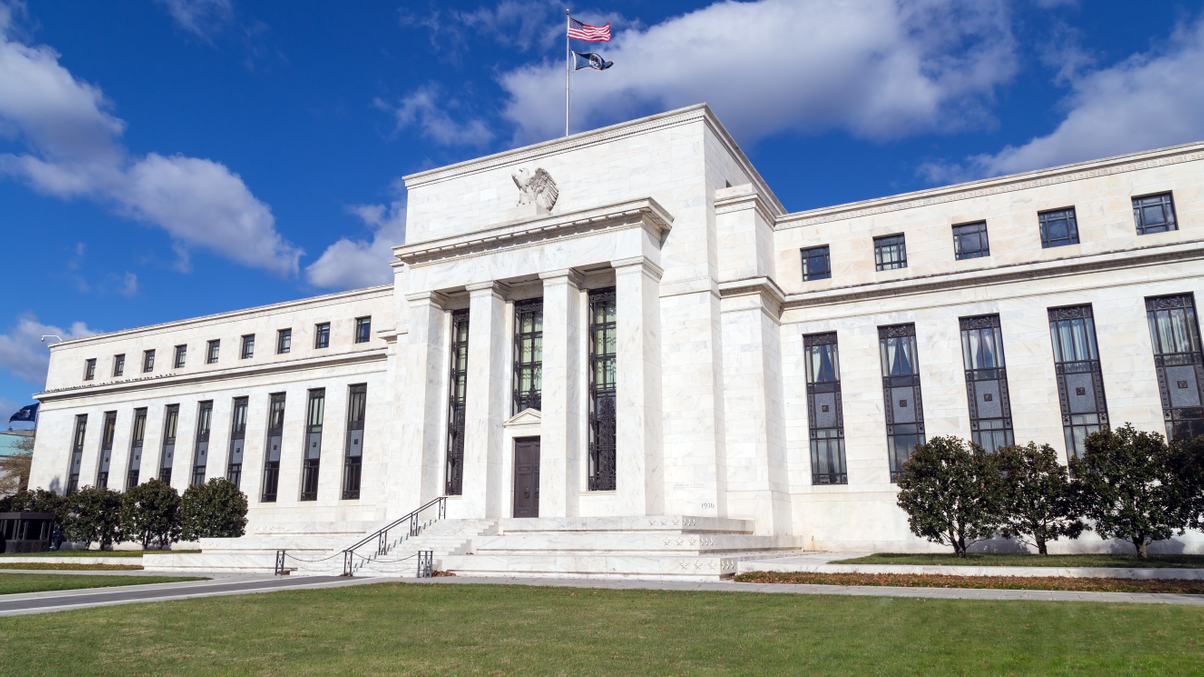Fed hikes rates: then what?
Bond fund managers are focusing on the pace and degree of rising US interest rates as the next opportunity for the Federal Reserve to act looms.

Investors are understandably eager to know whether the US Federal Reserve will raise interest rates in September, or in December, or early in 2016 – or never.
Sign in to read on!
Registered users get 2 free articles in 30 days.
Subscribers have full unlimited access to AsianInvestor
Not signed up? New users get 2 free articles per month, plus a 7-day unlimited free trial.
¬ Haymarket Media Limited. All rights reserved.


